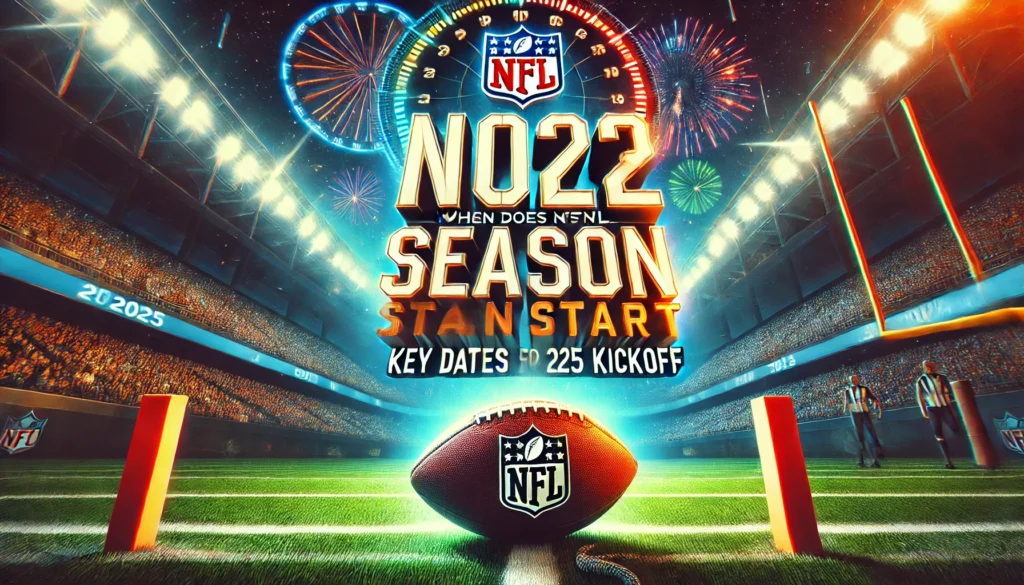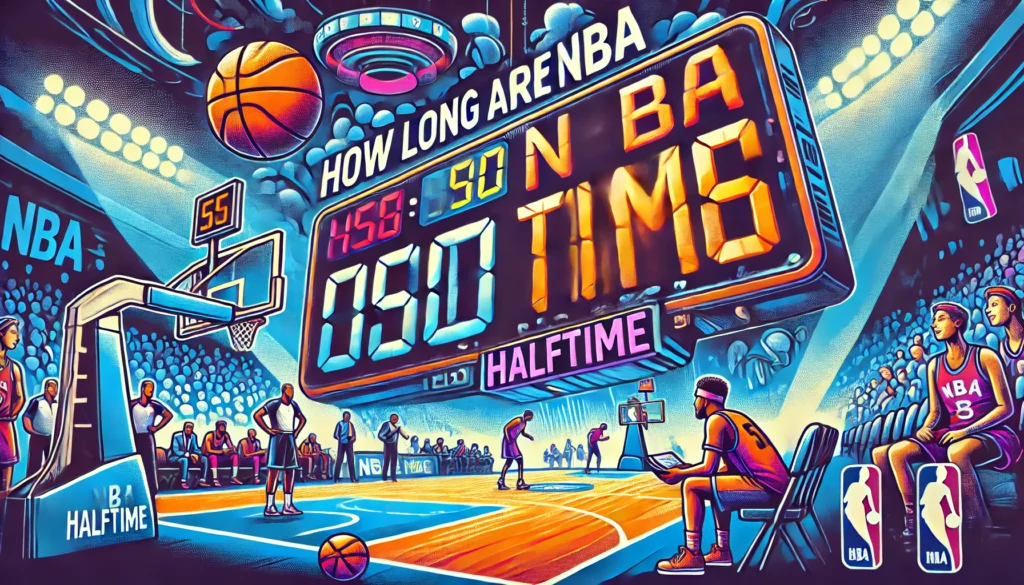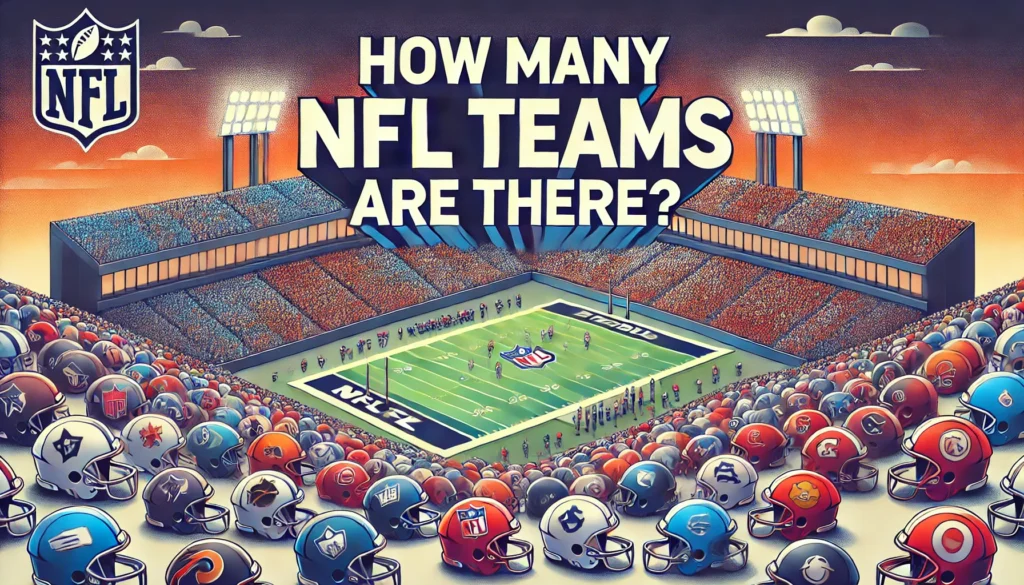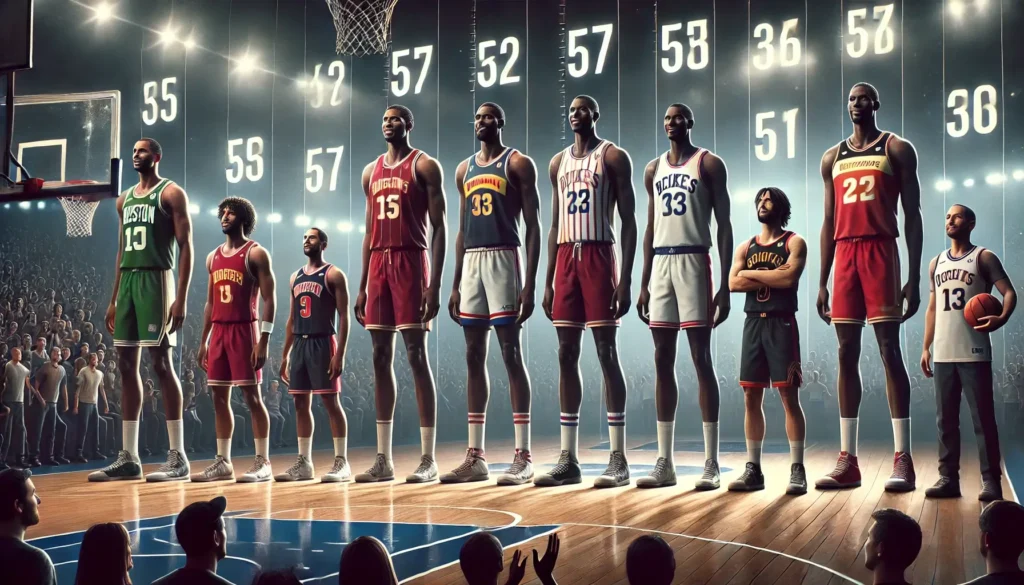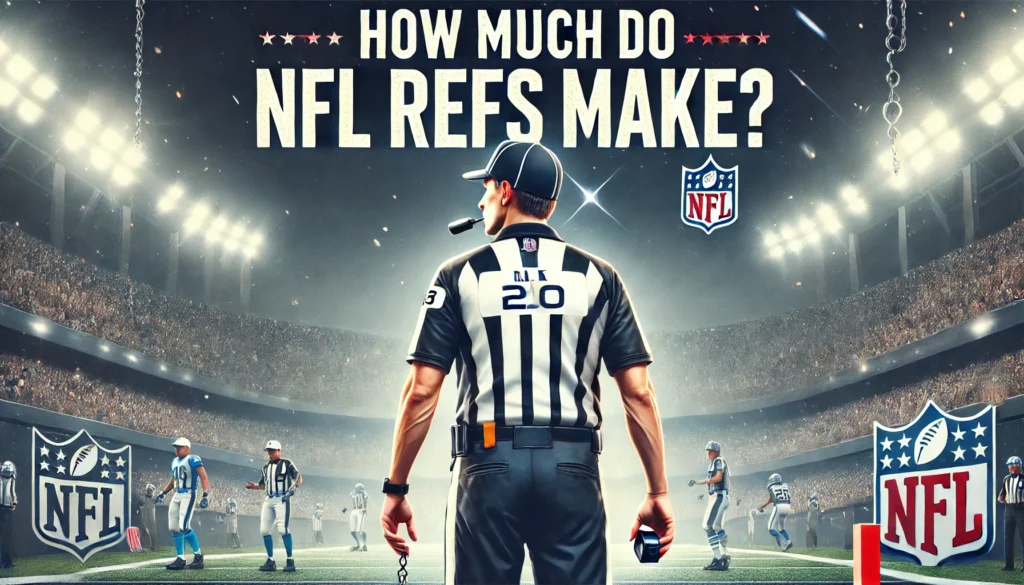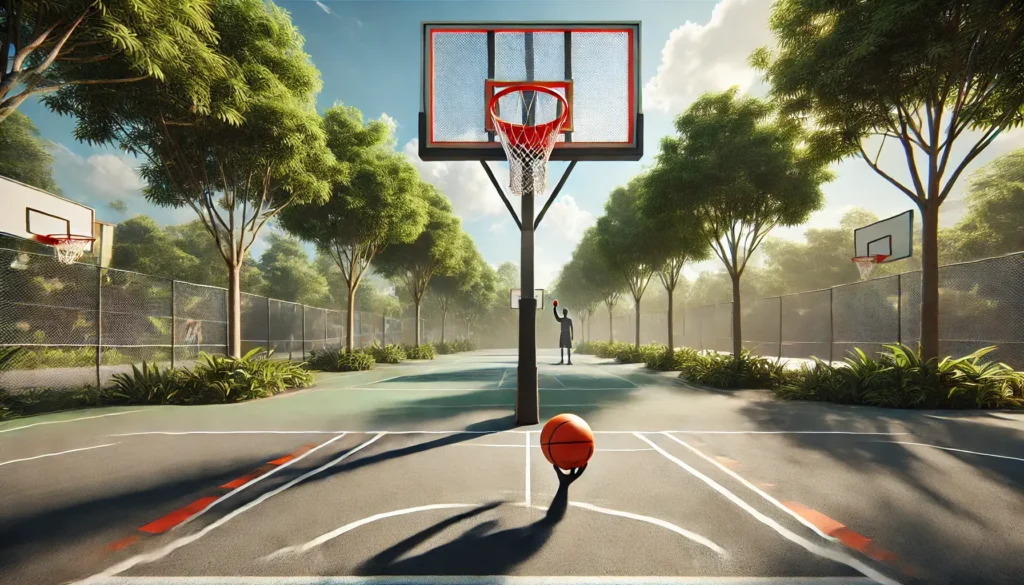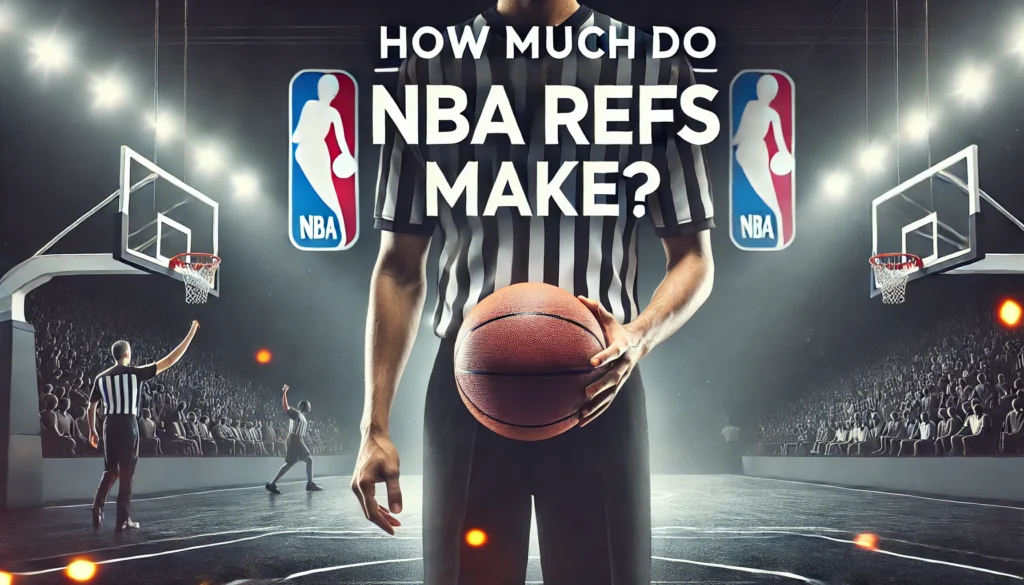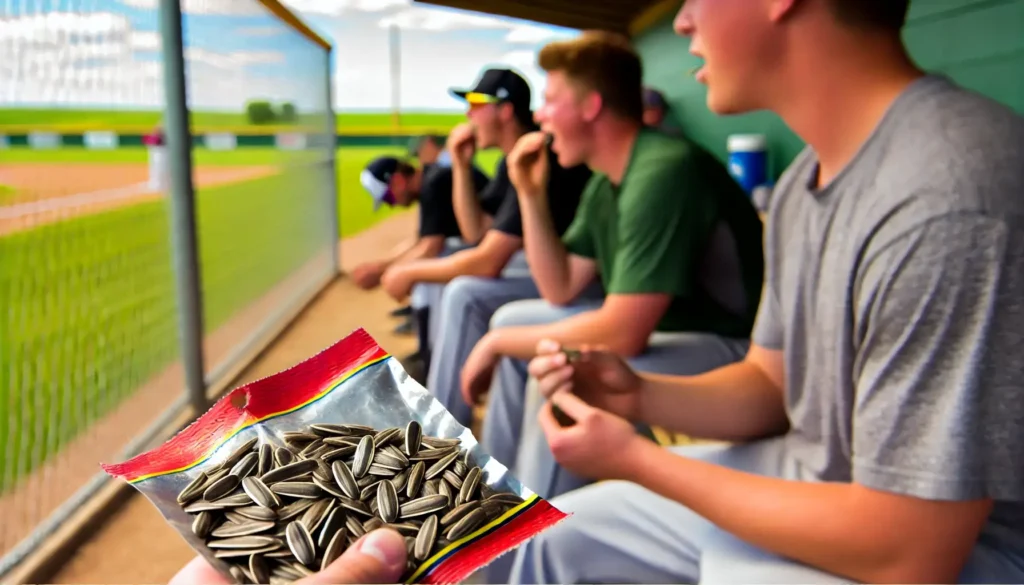Baseball teams are the backbone of America’s favorite pastime. The sport has captivated fans for generations with its strategic gameplay and iconic traditions. A standard baseball team consists of nine players on the field during a game.
While nine players take the field, baseball teams typically have larger rosters to accommodate different game situations and player rotations. Major League Baseball (MLB) teams are allowed to have 26 active players on their roster during the regular season, with some exceptions for doubleheaders and other special circumstances.
The composition of a baseball team extends beyond just the players on the field. Coaches, managers, and support staff all play crucial roles in a team’s success. From pitching coaches to strength trainers, each member contributes to the overall performance and strategy of the team.
Key Takeaways
- Nine players take the field for a team during a baseball game
- MLB teams have 26 active players on their roster during regular season
- Baseball teams include various support staff in addition to players
Baseball Team Composition
A baseball team consists of players with specific roles and positions, working together on the field and in the dugout. The composition includes both active players and reserves.
Roles and Positions
Baseball teams have nine defensive positions: pitcher, catcher, first baseman, second baseman, third baseman, shortstop, left fielder, center fielder, and right fielder. Each position requires unique skills and responsibilities.
Pitchers are crucial, throwing the ball to batters and aiming to prevent runs. Catchers receive pitches and play a key defensive role behind home plate.
Infielders (first, second, third basemen, and shortstop) handle ground balls and throws within the diamond. Outfielders (left, center, right) catch fly balls and prevent hits from becoming extra-base hits.
Some players are utility players, capable of playing multiple positions effectively. This versatility adds depth to the team’s roster.
Starting Players
A baseball team starts each game with nine players on the field. The starting lineup typically includes the team’s best hitters and defenders.
The batting order is crucial, with the leadoff hitter often being a fast player with a high on-base percentage. Power hitters usually occupy the middle of the lineup.
Teams may use a designated hitter in leagues that allow it, replacing the pitcher in the batting order. This role is filled by a strong offensive player.
Managers strategically choose starting players based on matchups, player performance, and game situations. They consider factors like opposing pitcher handedness and defensive strengths.
Player Roster
Baseball teams maintain a structured player roster system to manage their available talent. This includes an active roster for game-day players, a reserve list for additional team members, and a specialized pitching staff.
Active Roster
The active roster consists of 26 players during the regular season. These players are eligible to participate in games. The roster includes a mix of position players and pitchers.
Teams can adjust their active roster based on injuries, performance, or strategic needs. They may call up players from the minor leagues or activate players from the injured list.
During doubleheaders, teams are allowed to add a 27th player to their active roster for that day only.
Reserve List
The reserve list, also known as the 40-man roster, includes all players under contract to the team. This list encompasses the active roster and additional players who can be called up if needed.
Players on the 40-man roster are protected from being selected by other teams in certain situations. Minor league players not on this list may be at risk of being claimed by other organizations.
The reserve list allows teams to maintain depth and flexibility throughout the season.
Pitching Staff
The pitching staff typically consists of 12-13 players on the active roster. This group includes starting pitchers, relief pitchers, and closers.
Starting pitchers usually form a five-man rotation. They take turns starting games and pitching deeper into innings.
Relief pitchers specialize in shorter appearances. They may be called upon for specific situations or to bridge the gap between starters and closers.
Closers are typically used in the final inning to secure a win. Teams often have one designated closer and several setup relievers to support them.
Regulations and Rules
Baseball teams adhere to specific rules regarding player numbers and composition. These regulations ensure fair competition and standardized gameplay across different leagues and levels.
Major League Baseball (MLB) Rules
MLB teams have strict roster limits. The active roster consists of 26 players during most of the regular season. From September 1 through the end of the regular season, teams may expand their active rosters to a maximum of 28 players.
The 40-man roster includes all active players plus additional reserve players. These extra players can be called up to the active roster as needed.
MLB teams must designate positions for their players:
- 13 pitchers (14 allowed from September 1)
- 8 position players (one for each fielding position)
- 5 bench players (utility players, pinch hitters, etc.)
Minor League Variations
Minor League Baseball follows different roster rules than MLB. Triple-A teams typically have 28-player active rosters. Double-A and Single-A teams usually maintain 25-player active rosters.
These rosters may fluctuate based on organizational needs and player development strategies. Minor league teams often have more flexibility in their roster composition compared to MLB teams.
Some lower levels of minor league baseball may have even smaller rosters. This allows for more focused player development and provides opportunities for a wider range of prospects.
Substitutions and Strategy
Baseball teams employ various tactics to gain advantages during games. Managers make strategic decisions about substitutions and player usage to optimize performance in different situations.
Defensive Substitutions
Defensive substitutions aim to improve a team’s fielding late in games. Managers often replace slower or less skilled defenders with speedier, more agile players. This tactic is common when protecting a lead in the final innings.
Outfielders are frequent targets for defensive upgrades. A team might substitute a power-hitting left fielder with a faster, more skilled defensive player.
Infield positions can also see changes. A manager might bring in a sure-handed first baseman to secure throws and prevent errors.
Offensive Strategy
Teams use offensive substitutions to create favorable matchups or boost scoring chances. Pinch hitters are key in this strategy, especially in late-game situations.
Left-handed batters often replace right-handed hitters when facing tough right-handed pitchers. This switch can exploit platoon advantages and increase the odds of getting on base.
Speed is another factor in offensive substitutions. Managers may insert fast runners as pinch runners to improve base-stealing or scoring opportunities.
Sacrifice bunts and hit-and-run plays are common offensive tactics. These moves can advance runners and put pressure on the defense.
Bullpen Use
Effective bullpen management is crucial for baseball teams. Managers must balance pitcher workloads and matchups to maximize effectiveness.
Specialists play important roles in bullpen strategy. Left-handed relievers often face left-handed batters in crucial situations. Right-handed power pitchers might be saved for the heart of the opponent’s lineup.
Closers typically handle the ninth inning in save situations. Setup men pitch the seventh or eighth innings to bridge the gap to the closer.
Long relievers provide valuable innings when starters exit games early. These pitchers help preserve the bullpen for future games.
Key Positions and Their Roles
Baseball teams rely on nine players working together on the field. Each position requires specific skills and responsibilities to contribute to the team’s success.
Infield Positions
The infield consists of four key positions: first base, second base, shortstop, and third base. First basemen need quick reflexes and the ability to scoop low throws. They often serve as cutoff men for throws from the outfield.
Second basemen and shortstops form the middle infield duo. They must have excellent range, quick hands for turning double plays, and strong throwing arms. These positions demand agility and the ability to make plays on both sides of second base.
Third basemen, known as the “hot corner” players, need lightning-fast reflexes and a powerful throwing arm. They field hard-hit balls and make long throws across the diamond to first base.
Outfield Positions
The outfield comprises left field, center field, and right field. Outfielders cover large areas of the field and need speed, agility, and strong throwing arms.
Center fielders typically have the most range and act as the outfield captain. They often take charge on fly balls hit between outfielders.
Left and right fielders must be adept at reading the ball off the bat and judging its trajectory. Right fielders usually have the strongest arms, as they need to make long throws to third base.
Outfielders also play a crucial role in preventing extra-base hits by making running catches and fielding balls off the wall quickly.
Catcher and Pitcher Relationship
The battery, consisting of the pitcher and catcher, forms the core of the defensive unit. Pitchers throw various types of pitches to get batters out. They must have control, velocity, and the ability to mix up their pitches effectively.
Catchers act as field generals, calling pitches and positioning fielders. They need quick reflexes to block wild pitches and throw out base stealers. Catchers also frame pitches to help get favorable calls from umpires.
The pitcher-catcher duo must work in sync, communicating through hand signals to execute game strategy. Their relationship is crucial for controlling the pace and flow of the game.
Development and Training
Baseball teams invest significant resources in player development and training programs. These initiatives aim to nurture talent, improve skills, and maintain peak performance throughout the season.
Minor Leagues and Farm Teams
Minor league systems serve as crucial developmental pathways for aspiring players. MLB teams typically maintain multiple affiliate clubs at different levels, from Rookie to Triple-A. These farm teams provide opportunities for young prospects to hone their skills and adapt to professional play.
Players progress through the ranks based on performance and potential. Coaches and scouts closely monitor their development, providing guidance and feedback. The minor leagues also allow established players to rehabilitate from injuries or regain form.
Farm systems vary in size and structure among MLB organizations. Some teams prioritize internal player development, while others focus on trades and free agency to build their rosters.
Spring Training
Spring training is an annual preseason ritual for MLB teams. It typically runs from mid-February to late March, with clubs gathering in Arizona or Florida. This period serves multiple purposes for players and coaching staff.
Key aspects of spring training include:
- Conditioning and skill work
- Practice games against other teams
- Roster evaluations and position battles
- Team bonding and strategy implementation
Veterans use this time to prepare for the upcoming season, while prospects compete for roster spots. Managers assess player performance and make crucial decisions about lineup configurations and pitching rotations.
Offseason Training
Professional baseball players maintain rigorous training regimens during the offseason. This period, typically lasting from October to January, is crucial for recovery, skill improvement, and physical conditioning.
Many players work with personal trainers or attend specialized camps to focus on specific aspects of their game. Common offseason activities include:
- Strength and conditioning programs
- Skill-specific drills (hitting, pitching, fielding)
- Nutrition and recovery strategies
- Mental preparation and goal-setting
Teams often provide guidelines and resources to support players’ offseason development. Some organizations host voluntary mini-camps or instructional leagues to supplement individual training efforts.
Frequently Asked Questions
What is the number of players in a Major League Baseball team?
Major League Baseball (MLB) teams have a 26-player active roster during the regular season. This expands to 28 players in September. Teams also maintain a 40-man roster, which includes players who can be called up to the active roster.
How many players typically make up a high school baseball team roster?
High school baseball teams usually have 14-20 players on their roster. The exact number can vary depending on the school’s size and available resources. Some larger schools may carry more players to accommodate different skill levels.
What is the standard number of pitchers on a professional baseball team?
Professional baseball teams typically carry 12-13 pitchers on their 26-man roster. This number can fluctuate based on team strategy and player availability. Some teams may opt for more pitchers to manage workload and match-up situations.
How many relief pitchers does a typical baseball team have?
A typical MLB team carries 7-8 relief pitchers. This allows for flexibility in managing pitcher workloads and handling various game situations. The exact number can change based on team needs and pitching staff composition.
What is the roster size for a Little League Baseball team?
Little League Baseball teams usually have 11-15 players on their roster. The specific number can vary depending on the age group and local league rules. This size ensures all players get adequate playing time while maintaining a competitive team.
How many players are included in the starting lineup of a baseball game?
The starting lineup in a baseball game consists of 9 players. In leagues that use the designated hitter rule, like the American League in MLB, the pitcher doesn’t bat, and a designated hitter takes their place in the batting order.

